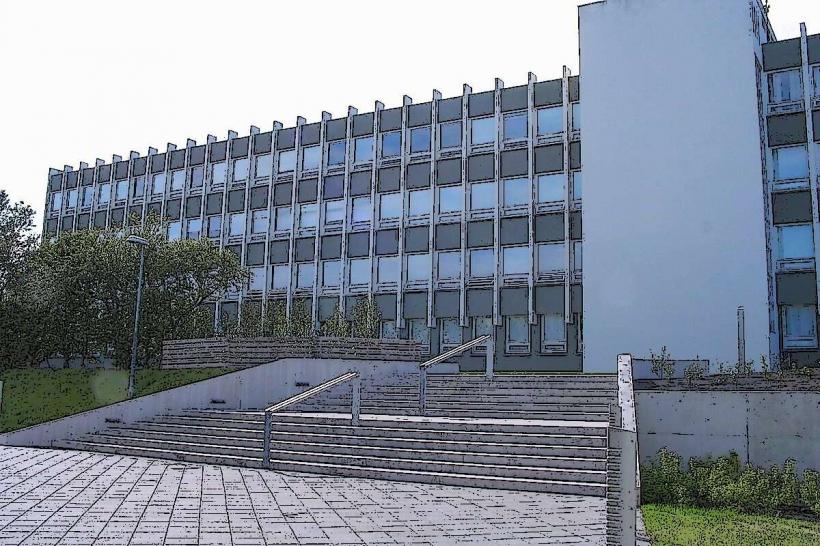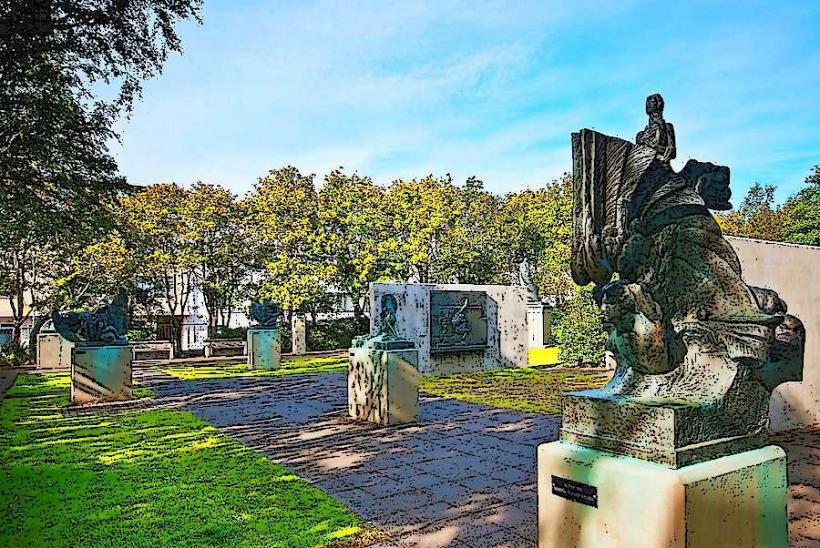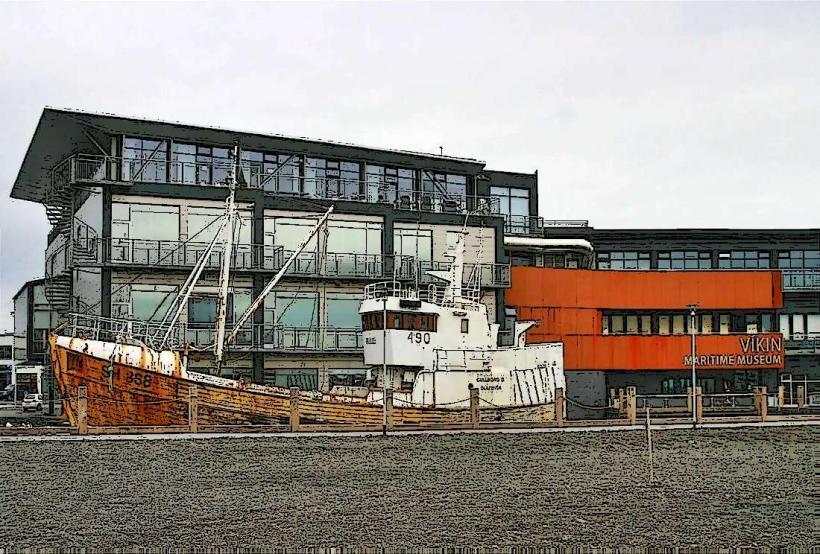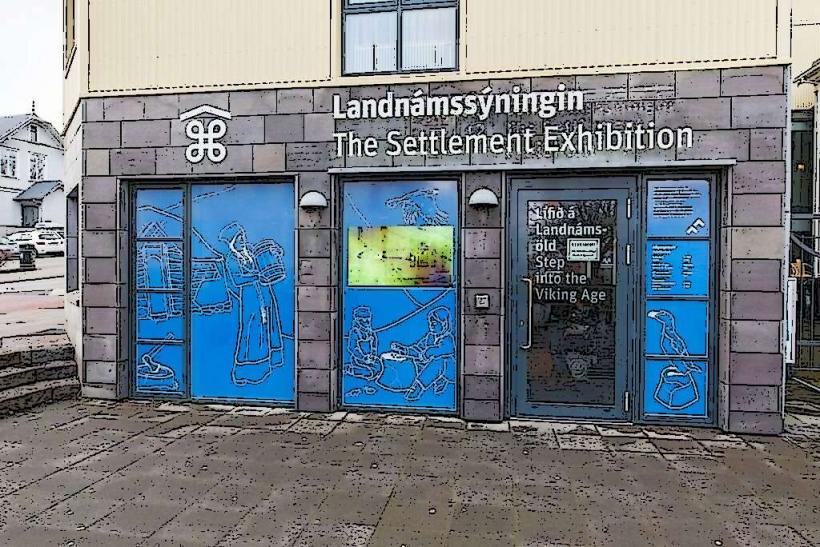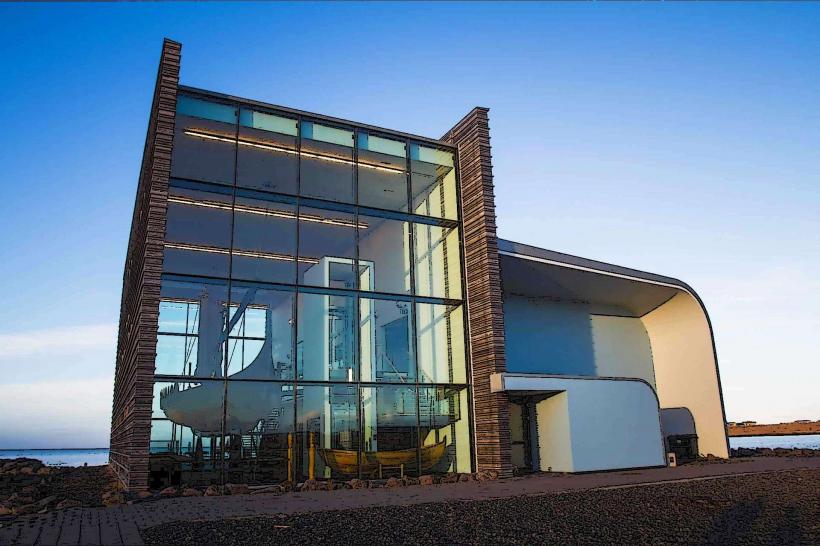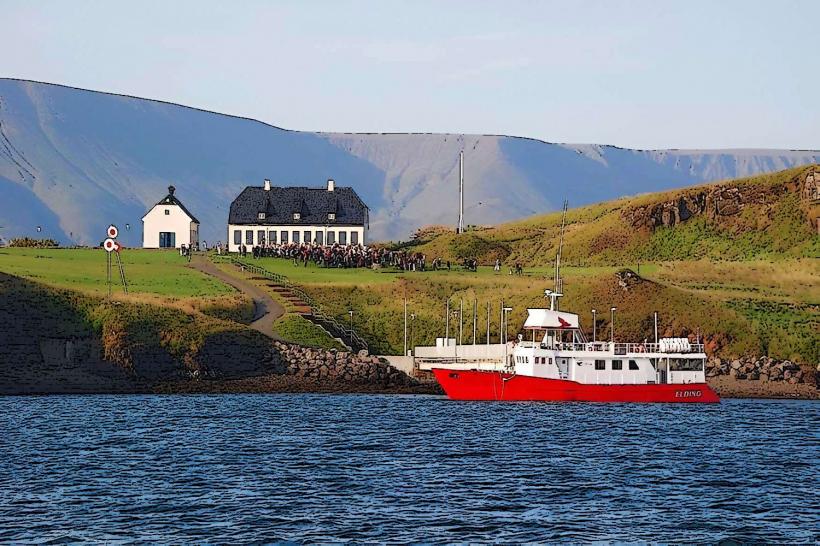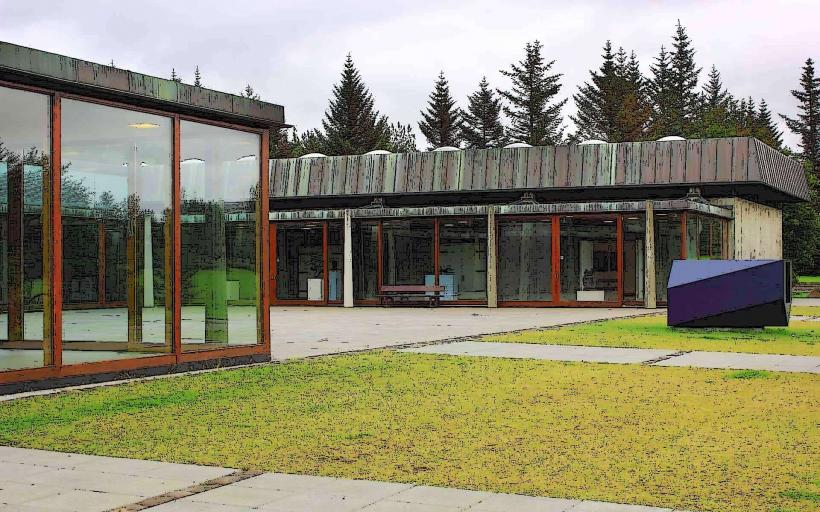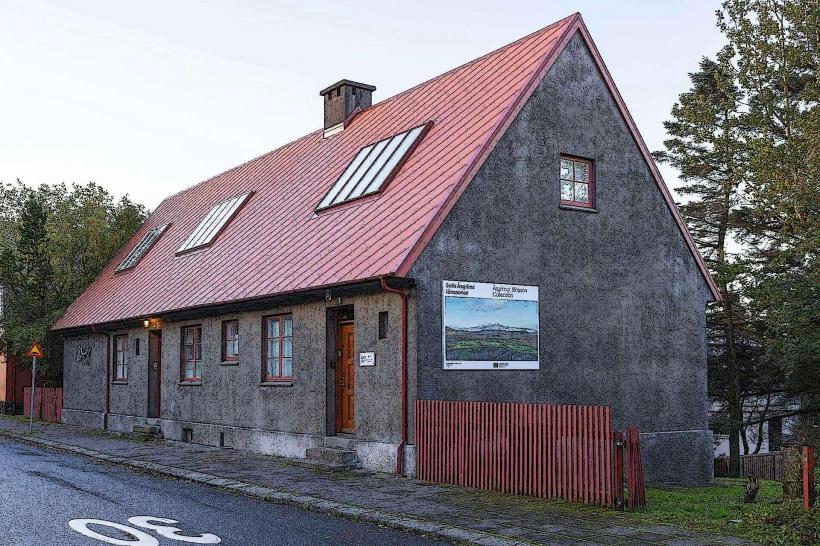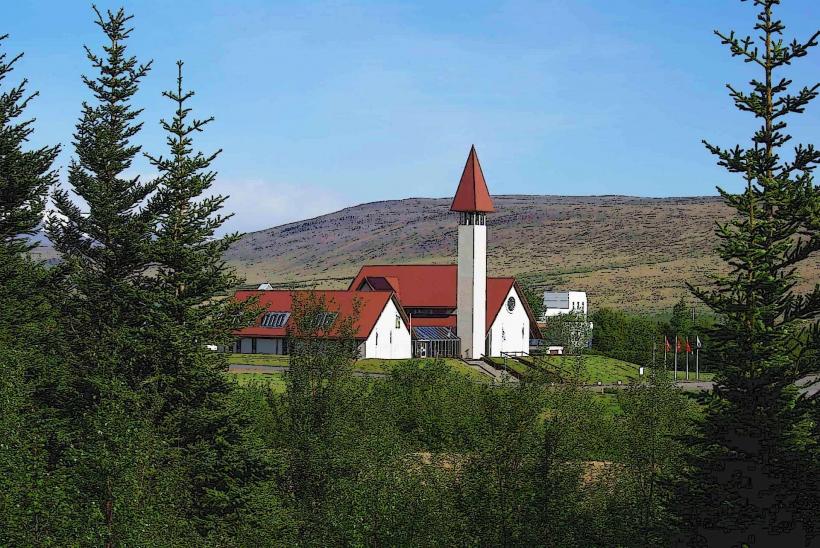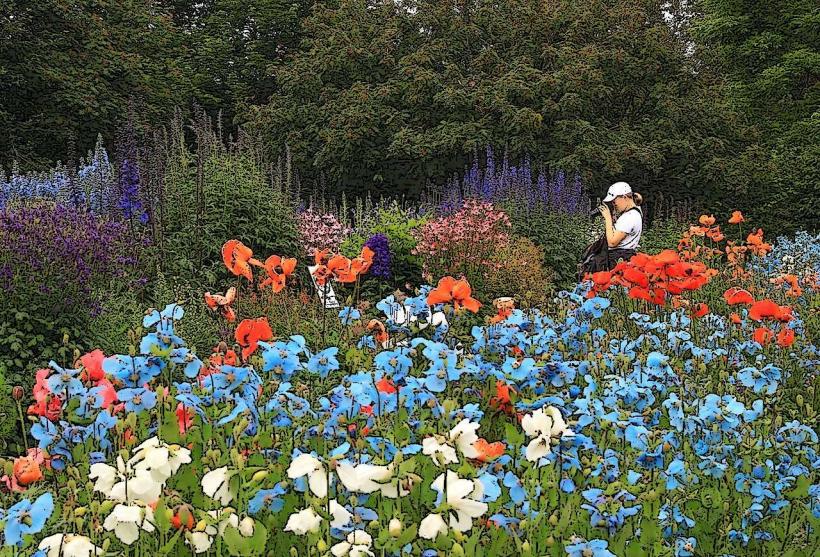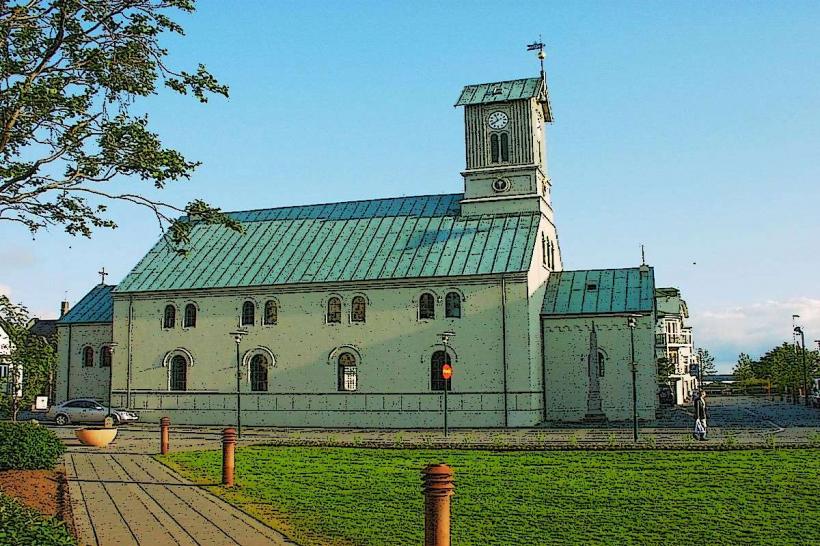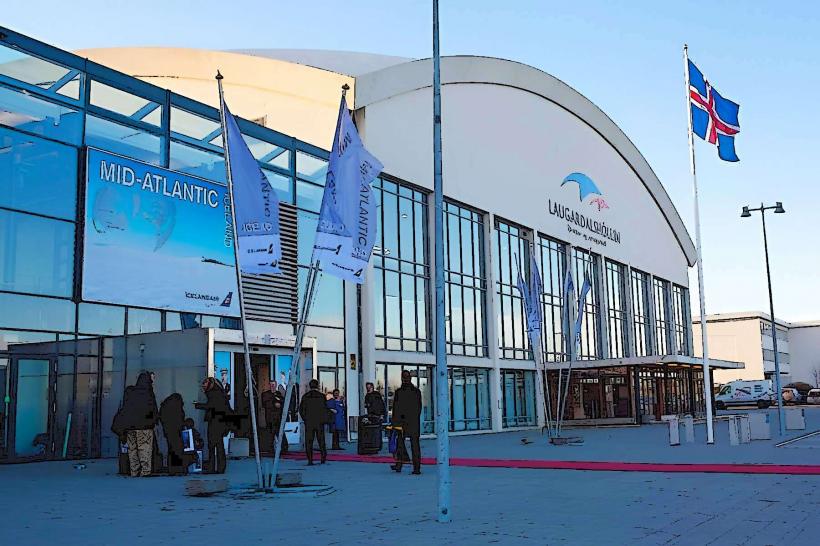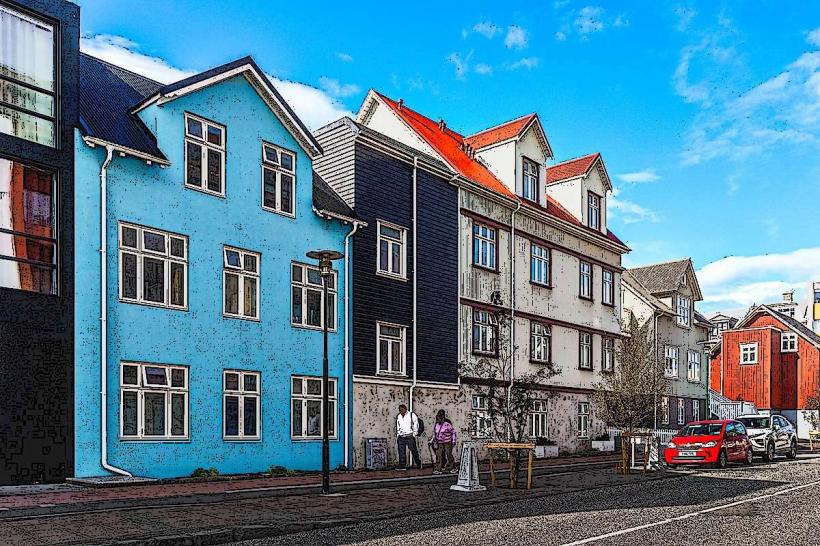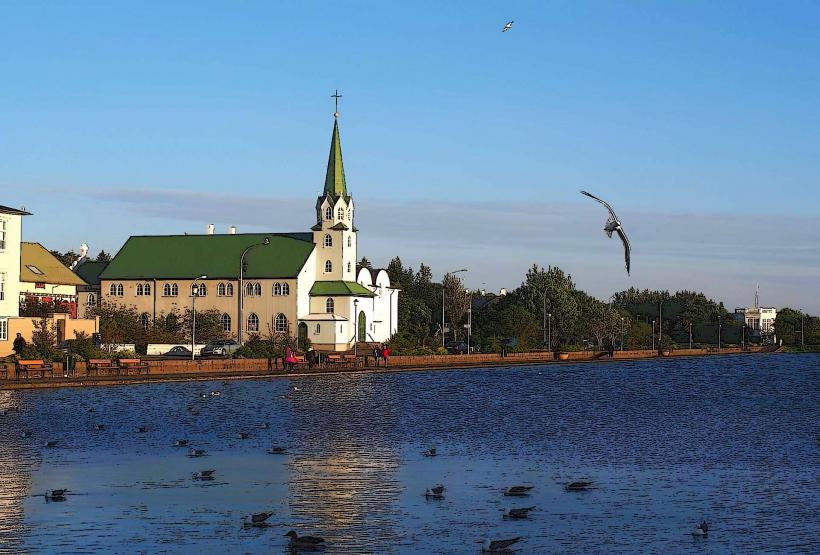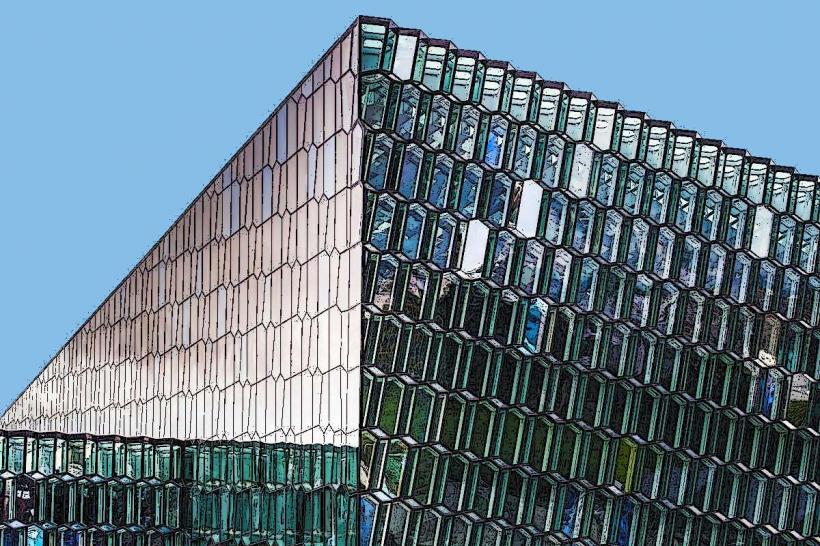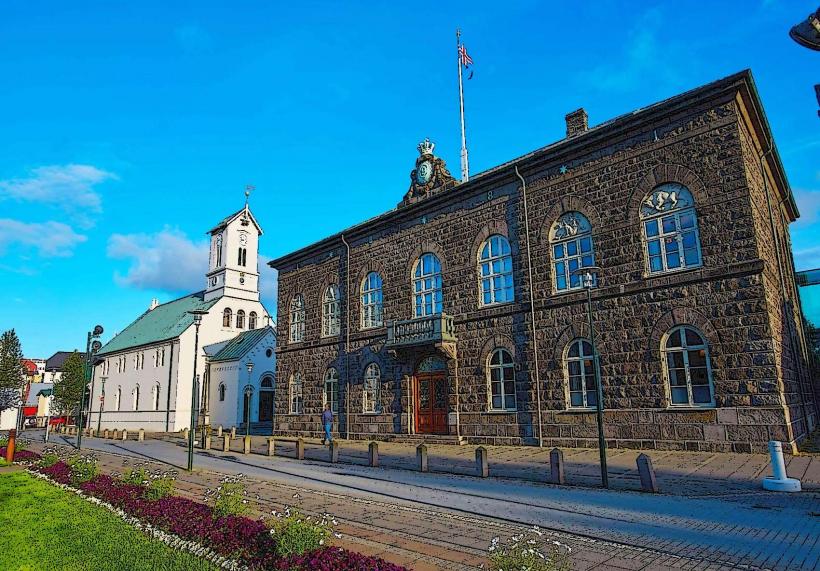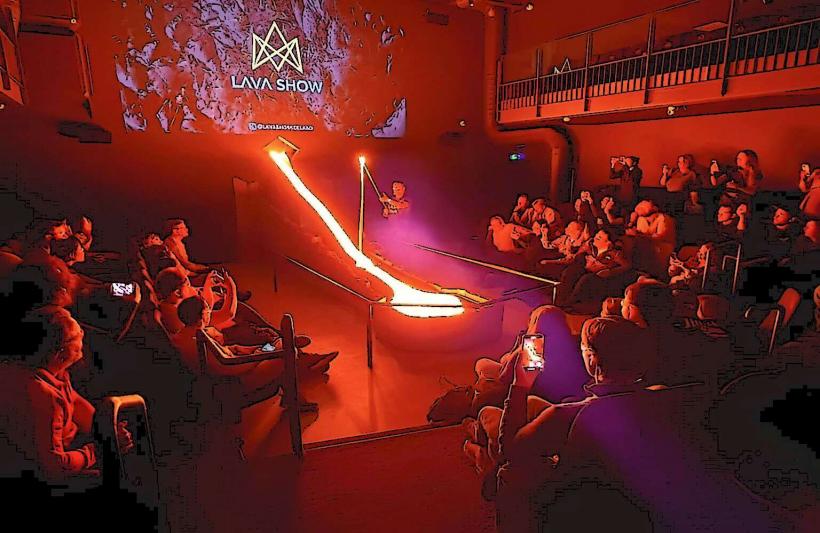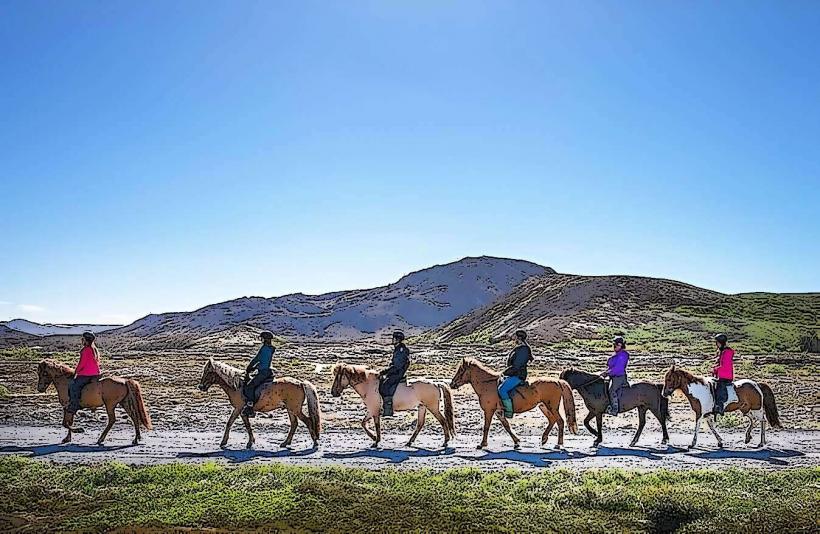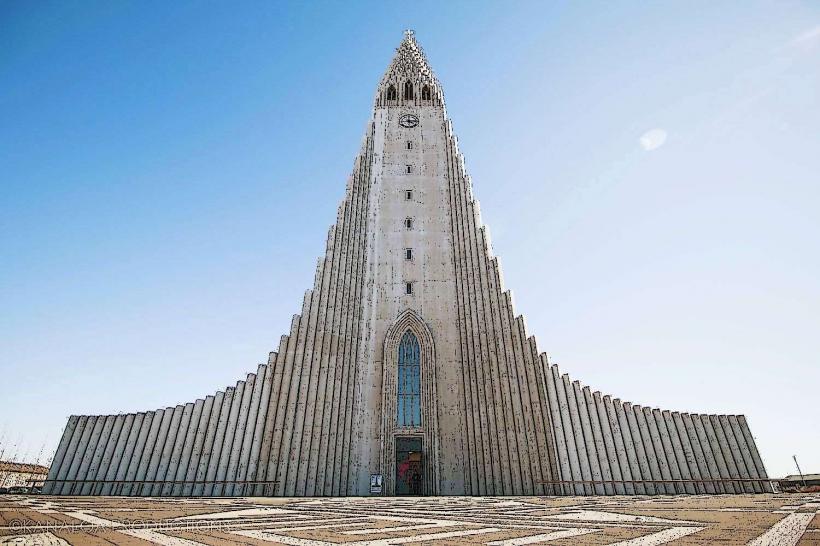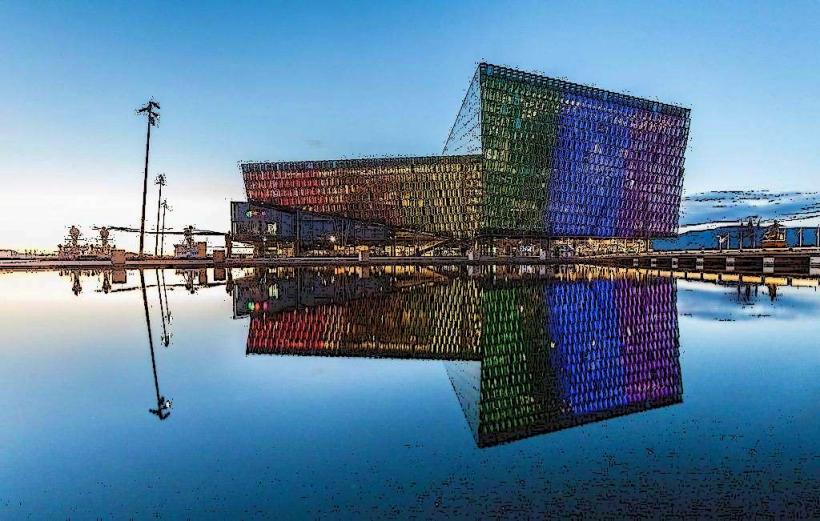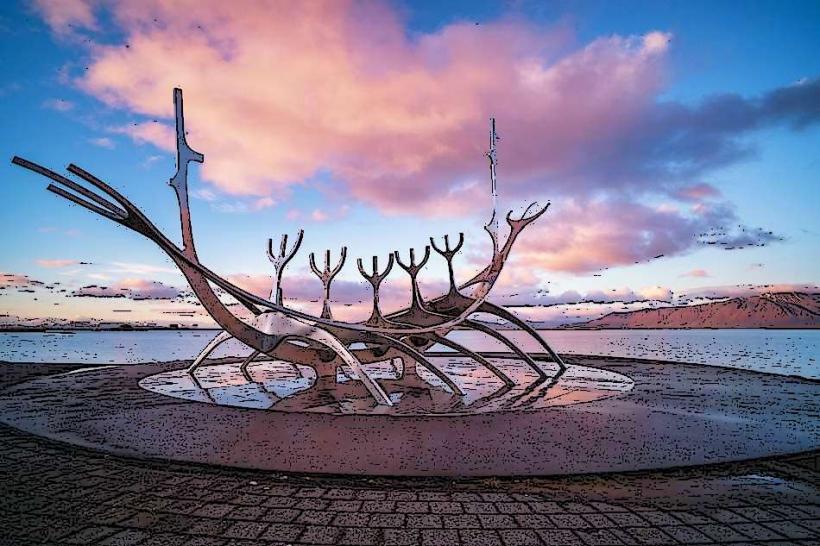Information
Landmark: Reykjavik Old TownCity: Reykjavik
Country: Iceland
Continent: Europe
Reykjavik Old Town, often referred to as Miðborg or the city center, is the historic heart of Iceland's capital. It blends charm, culture, and history with a modern, vibrant atmosphere. As the oldest part of the city, it offers visitors a glimpse into Reykjavik's evolution from a small fishing village to a bustling Nordic capital.
Overview
- Name: Reykjavik Old Town (Miðborg Reykjavíkur)
- Location: Central Reykjavik, surrounding Austurvöllur Square and extending towards the Old Harbour.
- Significance: The cradle of Reykjavik's history, featuring landmarks, museums, historic homes, shops, and restaurants.
Historical Significance
Founding and Early Development
- Reykjavik was officially established in 874 AD by Ingólfur Arnarson, who is considered Iceland’s first permanent settler. Legend has it that the area was chosen after Ingólfur threw his high-seat pillars into the sea and decided to settle where they washed ashore.
- Reykjavik remained a modest fishing and farming village for centuries, with significant growth occurring in the 18th and 19th centuries.
Key Historical Periods
- 18th Century: The Danish crown established the first major enterprises, including wool production and trade.
- 19th Century: Reykjavik grew into a trading hub, and Iceland’s independence movement began to gain traction.
- 20th Century: The Old Town became the political and cultural center as Iceland transitioned from Danish rule to independence in 1944.
Key Features and Attractions
1. Austurvöllur Square
- The central square of Old Town, a popular gathering place for locals and visitors.
- Features the statue of Jón Sigurðsson, a leader in Iceland’s independence movement.
- Surrounded by important buildings like the Alþingishúsið (Icelandic Parliament) and Hotel Borg.
2. Reykjavik Cathedral (Dómkirkjan)
- Located near Austurvöllur Square, this modest yet historic Lutheran cathedral was completed in 1796.
- A significant site for Iceland’s political and religious ceremonies.
3. The Settlement Exhibition
- A fascinating museum showcasing Reykjavik's early settlement history. It is built around the preserved remains of a Viking longhouse dating back to around 871 AD.
- Features interactive displays and artifacts from Reykjavik’s founding era.
4. Old Harbour
- Once Reykjavik’s primary fishing and trading hub, the Old Harbour has been revitalized as a cultural and entertainment area.
- Offers scenic views, whale-watching tours, and access to attractions like the Reykjavik Maritime Museum and the Whales of Iceland Exhibition.
5. Historical Homes
- Many of the Old Town’s colorful and charming houses date back to the 18th and 19th centuries.
- Adalstræti (Main Street) is Reykjavik’s oldest street, featuring preserved wooden houses, including the 1811 Danish Jailhouse, now a cultural venue.
6. City Hall
- Located by Tjörnin Pond, this modern building serves as both a government office and a cultural space. It features a large 3D map of Iceland and hosts exhibitions and events.
Atmosphere and Experience
Quaint Streets
- The narrow, winding streets are lined with colorful buildings, boutique shops, and cafes. Walking here feels like stepping back in time while enjoying a modern vibe.
Cultural Hub
- Old Town is the cultural heart of Reykjavik, with numerous museums, art galleries, and performance spaces.
- Street art is prevalent, adding a contemporary artistic flair to the historic streets.
Local Life
- The area is bustling with activity, particularly in the warmer months, when locals and tourists gather at outdoor cafes or participate in festivals and events.
Dining and Shopping
Restaurants
- Old Town boasts an array of dining options, from traditional Icelandic cuisine to international fare.
- Popular dishes include lamb stew, fresh seafood, and the iconic Icelandic hot dog.
Shops
- Laugavegur and Skólavörðustígur streets are nearby, offering boutiques, souvenir shops, and Icelandic design stores.
- Icelandic wool products, such as lopapeysa sweaters, are favorite items for visitors.
Events and Festivals
- Culture Night (Menningarnótt): Held in August, this annual festival features live music, art exhibits, and fireworks, with many events centered in Old Town.
- New Year’s Eve Celebrations: Austurvöllur Square is a focal point for Reykjavik's famous New Year’s festivities, including fireworks and bonfires.
Tips for Visitors
- Walkability: Old Town is highly pedestrian-friendly, and walking is the best way to explore its historic charm.
- Seasonal Visits:
- In summer, enjoy outdoor dining and extended daylight hours.
- In winter, the area transforms into a magical wonderland, often illuminated with holiday lights.
- Photo Opportunities: Don’t miss a photo by the colorful houses, Tjörnin Pond, and the scenic Old Harbour.
Nearby Attractions
- Hallgrímskirkja Church: Reykjavik’s iconic landmark is within walking distance and offers panoramic views of the city.
- Harpa Concert Hall: A short stroll from Old Town, this architectural gem hosts concerts and cultural events.
- Laugavegur Shopping Street: Adjacent to Old Town, it’s Reykjavik’s main commercial street.
Conclusion
Reykjavik Old Town is a must-visit for anyone traveling to Iceland. Its blend of historical landmarks, cultural attractions, and charming streets provides a rich and memorable experience. Whether you're delving into Viking history, enjoying local cuisine, or simply strolling through its picturesque streets, Reykjavik Old Town is a vibrant gateway to Iceland’s past and present.

